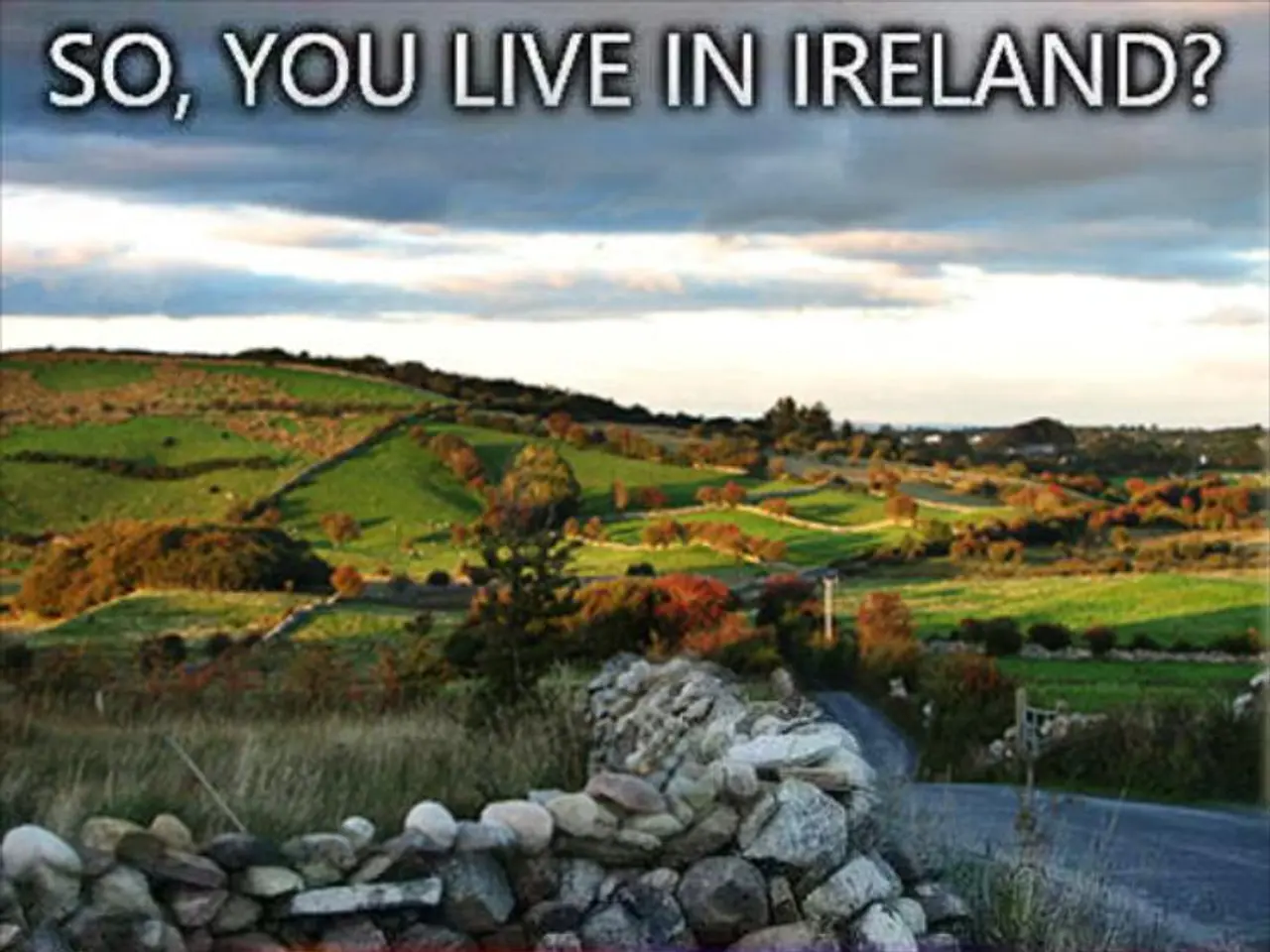Fire Engulfs California - Residents Fleeing the Scene
In the heart of Northern Los Angeles and Ventura counties, the Canyon Fire has been fully contained as of August 14, 2025, following a battle that lasted for over a week. The wildfire, which initially began on August 7, spread rapidly from 30 acres to nearly 5,000 acres in a matter of hours [1][3].
The fire's rapid advancement was a testament to the volatile conditions in which wildfires can spread quickly. The dried-out vegetation and the ongoing heatwave have contributed to the fire's aggressive nature, causing concern for local communities [4].
The Canyon Fire led to the displacement of residents, property damage, and ongoing air quality concerns. At least two structures were confirmed destroyed, and evacuation orders were issued for communities near Lake Piru, Val Verde, and areas around Castaic, impacting over 4,000 residents under mandatory evacuation and tens of thousands under warnings [3][5].
However, the quick response from firefighting teams, including the Ventura County Fire Department, Los Angeles County Fire Department, and state resources with federal assistance, helped to mitigate the impact on local communities [2]. The National Guard also supported the firefighting teams during the Canyon Fire [2].
As the fire progressed, residents were strongly urged to follow evacuation orders and stay informed via official channels [1]. In an effort to expedite resource mobilization and support firefighting and recovery efforts, local authorities declared a state of emergency [1].
Inmates were also deployed to assist in the firefighting efforts, a common practice in California. Their tasks included creating firebreaks and removing flammable material such as fallen trees [6].
The firefighters battled the inferno for weeks, with three firefighters sustaining light injuries during the operations [7]. Despite the challenges, the fire was brought under control, reaching 62% containment by August 10, prompting the lifting of some evacuation orders [1].
By Friday evening, about 2,700 people were allowed to return to their homes [8]. However, reignition of fires has been observed in some already extinguished areas, highlighting the ongoing vigilance required to contain the Canyon Fire [9].
California Governor Gavin Newsom has thanked the firefighters for their efforts and received assistance from the Federal Emergency Management Agency (FEMA) to combat the fires [10]. As the Canyon Fire is now contained, the focus shifts to recovery and rebuilding efforts for the affected communities.
Looking back, the grim toll of the January fires in the same region remains a stark reminder of the devastation wildfires can cause. Over 16,000 buildings were burned down, with at least 31 fatalities. Human remains were still found in a burn zone in Altadena as late as July [2]. In January last year, up to 900 inmates were deployed in the devastating fires around Los Angeles, with two large fires in parts of Los Angeles leaving a trail of devastation, including the beaches of Malibu [11].
As the threat of wildfires continues, the importance of preparedness, quick response, and community cooperation cannot be overstated. The Canyon Fire serves as a reminder of the potential impacts on residents, including displacement, property damage, and ongoing air quality concerns. However, with the right resources and coordinated efforts, the impacts can be mitigated, and communities can rebuild.
The dried-out vegetation and the ongoing heatwave, which contributed to the fire's aggressive nature during the Canyon Fire, underscore the critical role weather conditions play in the rapid spread of wildfires. Moreover, the ongoing vigilance required to contain the Canyon Fire highlights the importance of keeping abreast of weather updates, particularly in areas prone to wildfires.








